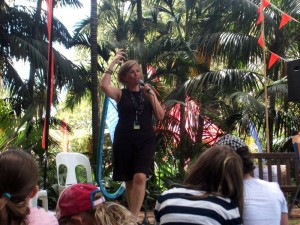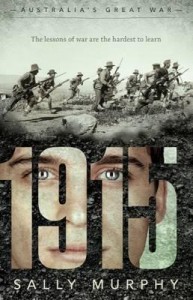While Australia’s Great War: 1915 is a work of fiction, not all of the characters are made up. Several of them are based on real people who served in the Great War. By populating the story in part with fictionalised versions of these famous people, I hope to keep their memories and their parts in history alive. Of course, with my main characters being made up, the interactions they have with the ‘real’ characters must also be made up, but they are based on things which could have happened.
So, who are these real characters?
- Charles Bean, Australia’s official war correspondent, who Stanley meets several times, eventually helping him compile the Anzac Book .
- Simpson (John Simpson Kirkpatrick), the stretcher bearer famous for ferrying the wounded on his donkey, who Stanley meets just once, and later commemorates with a poem.
- John Monash, who Stanley doesn’t meet, but whose tactics and actions he discusses with Bean.
- Jim (James) Martin, the youngest known Australian to die in service, who was just fourteen when he died. Stanley meets Jim on board the stricken boat the Southland
Finally it’s time to let you in on a little secret. There are some much less famous real people embedded in the story. My own grandfather, Jim (James ) Adam, who served in the war, on the western front, is mentioned in one of Elizabeth’s letters. My husband’s grandmother, Audrey Chadd is also mentioned, playing the piano for a dance Elizabeth goes to. Though this couldn’t have happened – she was only a year old at the time – the Chadd family (her inlaws) were in business in Bunbury at the time, and Audrey, when she grew up, did play her piano for dances and events around Bunbury for many years. She even played at my wedding! There are a few other little hidden bits in the story that are my own little homage to family history.
Famous or not, it is important to remember that everyone who went away to war was a real person who did their bit, big or small. As such, retelling the stories of those terrible times commemorates them all.


